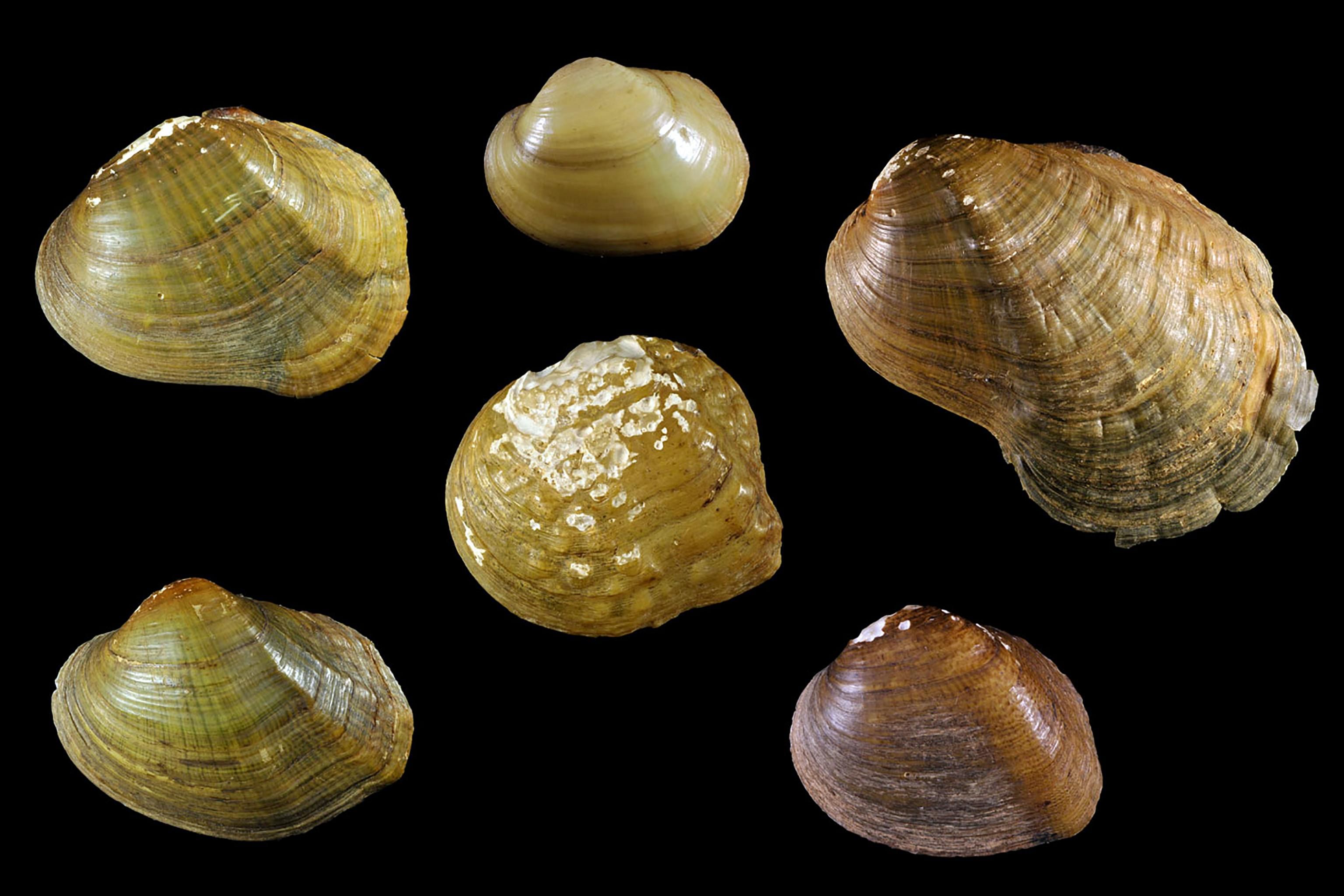NEW YORK (NYTIMES) - The ivory-billed woodpecker, which birders have been seeking in the bayous of Arkansas, is gone forever, according to US federal officials.
So is the Bachman's warbler, a yellow-breasted songbird that once migrated between the south-eastern United States and Cuba.
The song of the Kauai O'o, a Hawaiian forest bird, exists only on recordings.
And there is no longer any hope for several types of freshwater mussels that once filtered streams and rivers from Georgia to Illinois.
In all, 22 animals and one plant should be declared extinct and removed from the endangered species list, federal wildlife officials planned to announce on Wednesday (Sept 29).
The announcement could also offer a glimpse of the future. It comes amid a worsening global biodiversity crisis that threatens one million species with extinction, many within decades. Human activities like farming, logging, mining and damming take habitat from animals and pollute much of what is left. People poach and overfish. Climate change adds new peril.
"Each of these 23 species represents a permanent loss to our nation's natural heritage and to global biodiversity," said Ms Bridget Fahey, who oversees species classification for the Fish and Wildlife Service. "And it's a sobering reminder that extinction is a consequence of human-caused environmental change."
The extinctions include 11 birds, eight freshwater mussels, two fish, a bat and a plant. Many of them were likely extinct, or almost so, by the time the Endangered Species Act passed in 1973, officials and advocates said, so perhaps no amount of conservation would have been able to save them.
"The Endangered Species Act wasn't passed in time to save most of these species," said Mr Noah Greenwald, endangered species director at the Centre for Biological Diversity, a non-profit group. "It's a tragedy."
Since the passage of the Act, 54 species in the United States have been removed from the endangered list because their populations recovered, while another 48 have improved enough to move from endangered to threatened. So far, 11 listed species have been declared extinct.
A 60-day public comment period on the new batch of 23 begins on Thursday. Scientists and members of the public can provide information they would like the Fish and Wildlife Service to consider before making a final ruling.
Scientists do not declare extinctions lightly. It often takes decades of fruitless searching. About half of the species in this group were already considered extinct by the International Union for Conservation of Nature, the global authority on the status of animals and plants.

The Fish and Wildlife Service moved slower in part because it is working through a backlog, officials said, and tends to prioritise providing protection for species that need it over removing protection for those that do not.
Many of the final confirmed sightings were in the 1980s, though one Hawaiian bird was last documented in 1899 and another in 2004.
The ivory-billed woodpecker
No animal in the batch has been sought more passionately than the ivory-bill, the largest woodpecker in the US. Once inhabiting old growth forests and swamps of the south-east, the birds declined as European settlers and their descendants cleared forests and hunted them. The last confirmed sighting was in Louisiana in 1944.
But in 2004, a kayaker named Gene Sparling set off a flurry of searching when he saw a woodpecker that looked like an ivory-bill in an Arkansas swamp. Days after hearing about it, two experienced birders, Tim Gallagher and Bobby Harrison, flew in to join him on a search.
On day two, paddling in their kayaks, they were getting ready to stop for lunch when suddenly a big bird flew right in front of them. "Tim and I both yelled 'Ivory-bill!' at the same time," Mr Harrison recalled.
In doing so, they scared the bird away.
But the men are adamant that they got a crystal-clear look at the distinctive wing markings that distinguish an ivory-bill from its most similar relative, the pileated woodpecker.
"It was unmistakable," Mr Gallagher said.
A host of Cornell University ornithologists, several more searches, a few reported sightings and a blurry video later, a 2005 paper in the journal Science declared "Ivory-billed Woodpecker (Campephilus principalis) Persists in Continental North America".
Controversy ensued. Some experts argued that the footage was of pileated woodpeckers. Repeated attempts by state and federal wildlife agencies to find the bird have been unsuccessful, and many experts have concluded that it is extinct.
When Fish and Wildlife Service biologist Amy Trahan completed the most recent species assessment for the woodpecker, she had to make her recommendation based on the best available science.
At the end of the report, she checked a line next to the words "delist based on extinction".
"That was probably one of the hardest things I've done in my career," she said. "I literally cried."

Freshwater mussels
Freshwater mussels are among the most imperilled groups in North America, but scientists do not know enough about the eight species on the list to say for sure why they disappeared.
The extinctions are likely connected to the reservoirs that humans built over the past 100 years, federal biologists said, essentially turning the mussels' rivers into lakes.
Did the change in habitat affect some aspect of their carefully choreographed life cycle? Were the filter feeders also injured by sediment or pollution in the water?
Freshwater mussels rely on jaw-dropping adaptations developed over untold years of evolution. Females lure in fish with an appendage that looks like a minnow, crayfish, snail, insect or worm, depending on the species. The mussels then squirt out their larvae, which attach to the fish, forcing it to shelter and ultimately distribute them.
Perhaps the mussels went extinct because their host fish moved or disappeared itself.
"I don't think we fully understand what we lost," said Mr Tyler Hern, a biologist with the Fish and Wildlife Service whose work includes freshwater mussel recovery. "These mussels had secrets that we'll never know."
